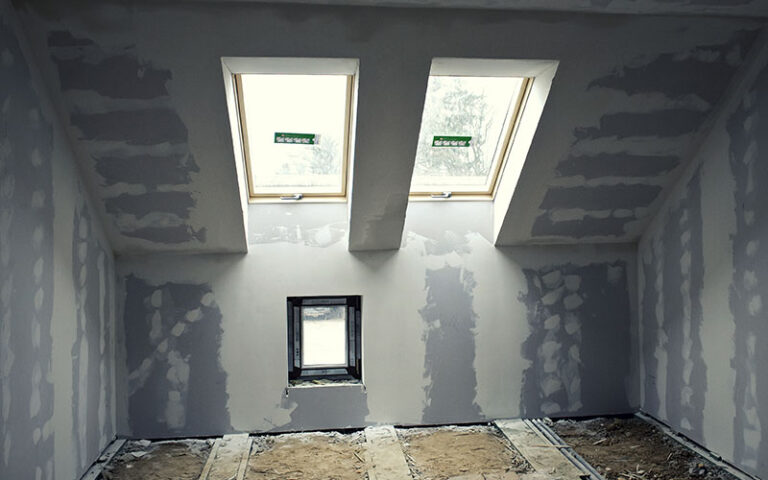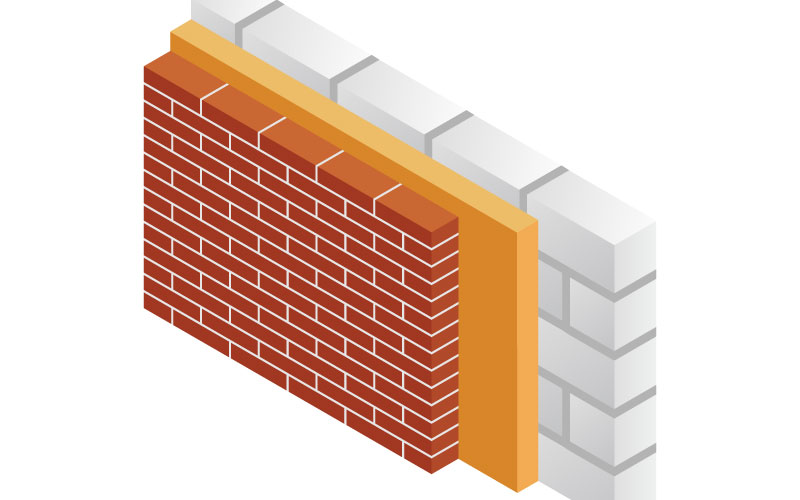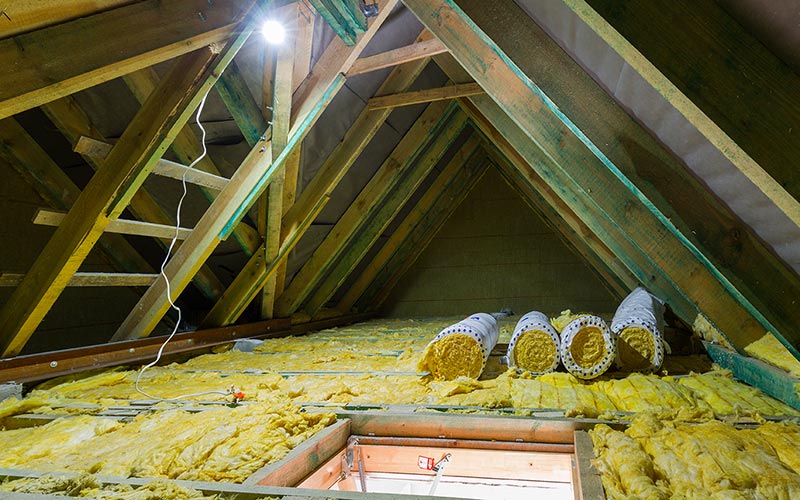Room In Roof Insulation Grants
Room In Roof Insulation grants are now being offered as part of the government’s new Energy Companies Obligation scheme. Known as EC0 4 these can help with insulation for your loft room, room in roof.
The grants cover the entire cost of having all loft rooms insulated to current building regulations using the latest insulation materials.
Here at Government Grants we offer a free service checking your eligibility for grants or local council funding schemes for loft room in roof insulation. This applies to both tenants and home owners. With no initial obligation on your part, simply complete the form to find out your eligibility.
Insulation For Older Lofts With Government Grants
Many older properties that were originally built with loft room space or ‘Room-in-Roof’ were either not insulated at all or insulated using inadequate materials and techniques compared to current building regulations.
By employing the latest insulation materials and methods, insulating existing attic rooms means that you can still use the roof space for storage or additional room space if needed while still trapping heat in the property and rooms below.

Cavity Wall & Loft Insulation Grants Enquiry Form
To see if you are eligible and apply for a grant, please complete the form below.
"*" indicates required fields
What defines a room in roof space?
A room in roof or attic room is simply defined by the presence of a fixed staircase to access the room.
Loft conversions, attic rooms, rooms in lofts may all be eligible for new insulation grant or insulation improvements and energy efficiency savings. Simply complete the form and we can check for you on available loft room insulation grants as well as any local loft insulation local council schemes in your area.
Savings
Around 25% of all the heat is lost in an un-insulated room in the roof. You could save you up to £400 a year on your fuel bills by adequately insulating the rooms in the roof.
Room in roof insulation types
There are currently three types of ‘Room in roof’ applications.
Loft room insulation grant
A loft room is accessed by a fixed staircase and has the whole loft area converted to a living space including the sloped eaves if the property has a pitched roof. The internal area of the room is insulated using the latest materials and techniques.
Loft room insulation method
High density insulation batts are secured to the walls and ceilings of the attic rooms and slabs of Insulation are fitted between any exposed rafters or beams.
A layer of plasterboard is then installed over the insulation material and skimmed ready for decoration. Fittings like skirting boards, radiators and light fixtures are removed prior to insulation process and replaced afterwards. There is minimal disruption and the whole process is usually completed within a day.
This technique is an approved method of insulating the loft area and will increase the thermal efficiency of the property which in turn will reduce the energy required to heat the house.
Dormer roof insulation grant
Anyone with a Dormer room automatically qualifies for a minimum grant of £1100.00 towards the cost of fully insulating the Dormer room to bring it up to current day standards.
- Reduce your heating bills by up to £1000 over 3 years.
- Makes Dormer rooms warmer in the winter.
- Makes Dormer rooms cooler in the summer.
- Helps reduce damp and conensation.
- Reduces your carbon footprint.
- Minimum grant of £1100.
- Anyone with a Dormer room automatically qualifies.
Whilst Dormer roofs have long been an accepted method of utilising roof space, many were built without the benefit of adequate insulation.
Often a Dormer room is too hot in summer and too cold in winter, this has now been accepted as inefficient and Government funding is available to remedy the situation.
In simple terms your room is fully boarded using the latest energy efficient materials, and then re-plastered to leave you with a room that looks like new and is a pleasure to live in.
The funding will not cover the full cost of the works involved, but it will cover a substantial part of the cost, with the balance being regarded as self-funding as it is offset by the savings made by reduced energy consumption.
Attic room insulation grant
An attic room is accessed by a fixed staircase and has the eaves area of the loft squared off to create a box room in the centre. The external area surrounding the box room is insulated using the latest materials and techniques.
Attic room insulation method
Typical attic rooms have a stud wall at the sides of the attic to square off the eaves space (with the exception where dormer windows have been built). This stud wall is usually constructed from plasterboard with a timber frame. Most stud walls have a small hatch or door to allow access into the eves area for insulation and maintenance purposes.
As part of the Attic Room Insulation Scheme the eaves area is insulated by sliding solid insulation boards between rafters up into the ceiling void. The vertical stud wall is insulated with rock wool that is netted into place. The process is undertaken on both sides of the ceiling and stud wall.
Where there are no hatches on the stud wall, an access area is cut out and secured with a small door.
The process is simple, quick and effective without the need for any decoration or major cleaning. A typical mid terrace property is insulated in about 2 hours.
This technique is an approved method of insulating the attic room, significantly increasing the thermal efficiency of the property, retaining the heat for longer and reducing the energy required to heat the property.


